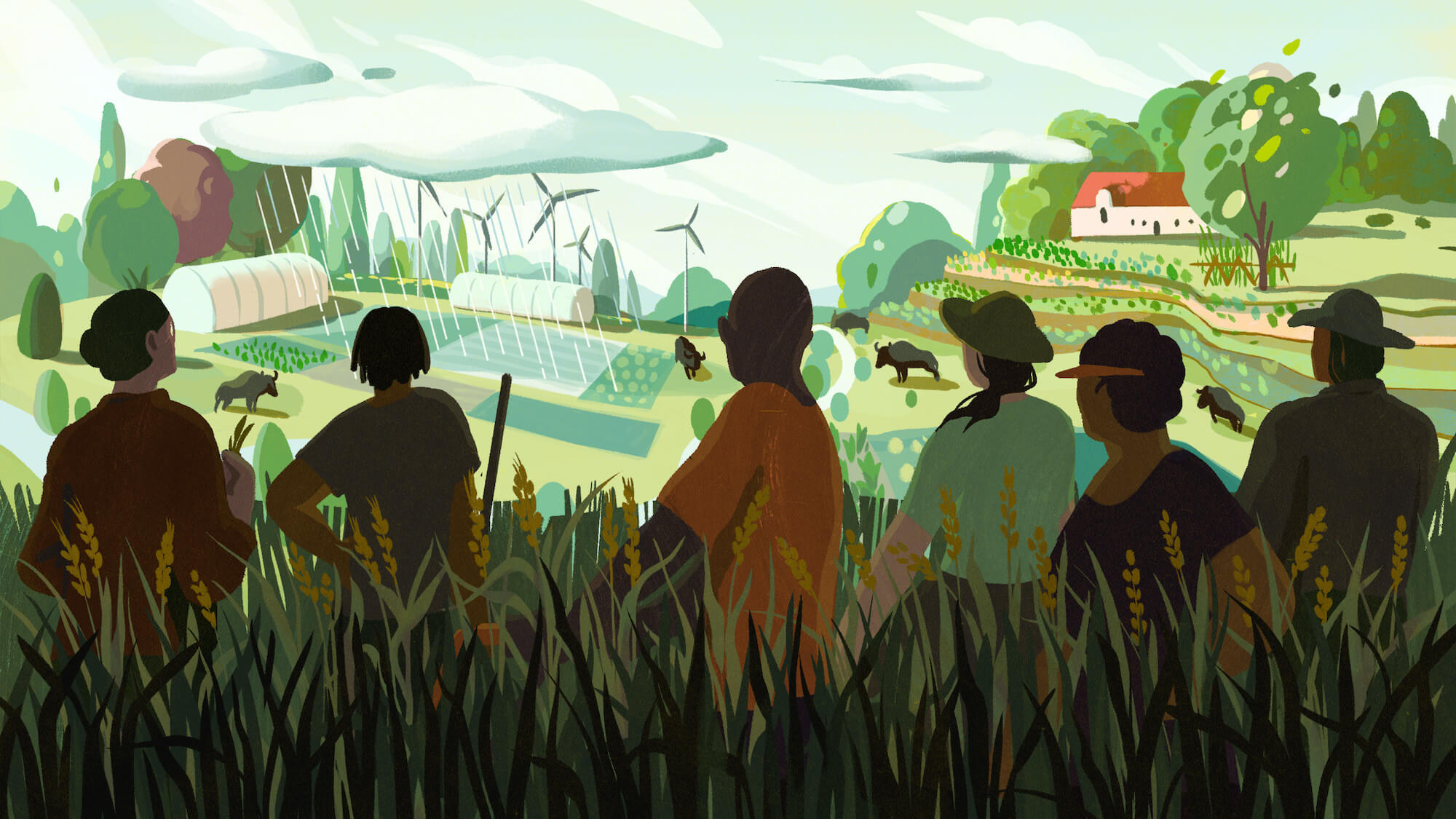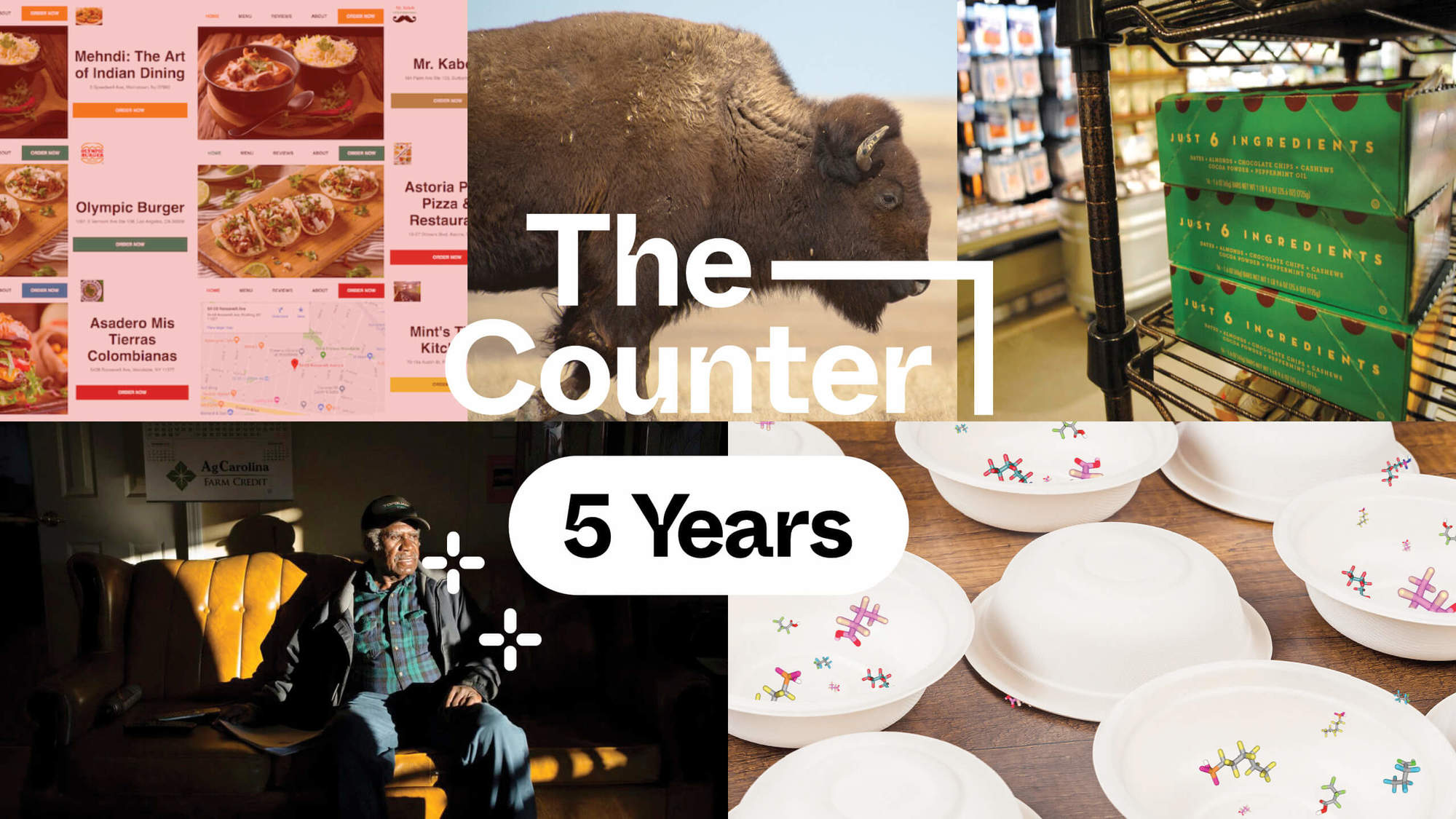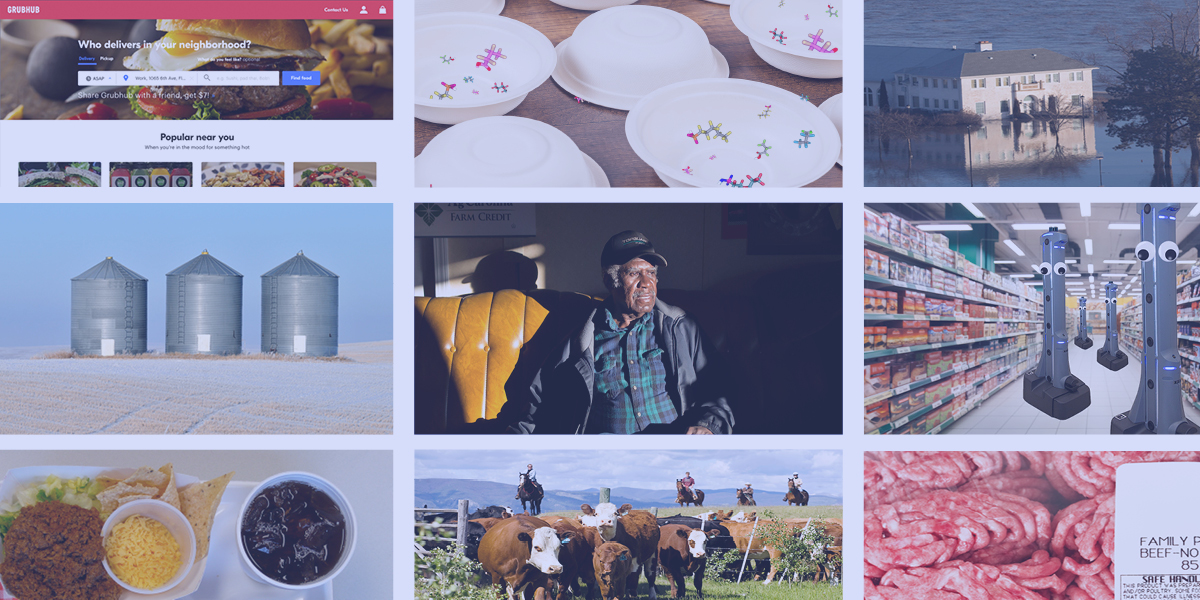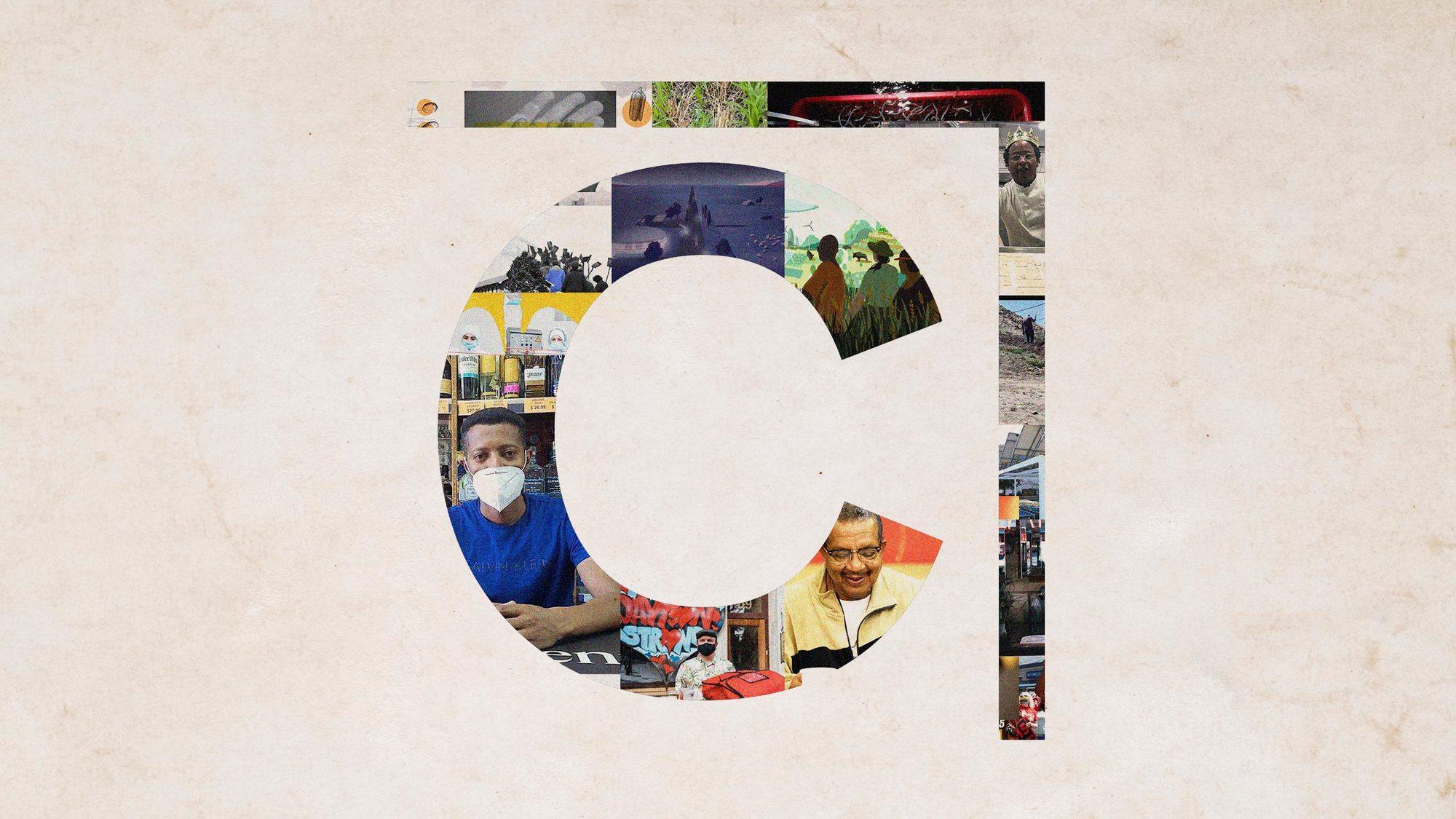
Graphic by Alex Hinton/The Counter
A three-part investigation into how corporations profit from food made by incarcerated people. A deep dive into the cutthroat market for baby eels. Interviews with restaurant workers about the real reason the service industry is having trouble hiring and keeping employees. These are our most-read stories of the year, plus six our editors loved and think are worth adding to your reading list.
While Covid-19 continued to occupy the most headspace in 2021, readers at The Counter flocked to some of our biggest investigations and narrative features. This is, frankly, what every newsroom hopes for: In an industry where click-bait, how-tos, and celebrity gossip continue to pay the bills, storytelling that takes time to read and careful reporting to inform readers and hold power to account often gets passed over or lost in the news cycle.
Our 10 most-read stories in 2021 include pieces that uncover different ways our food system obscures inequities, profit-mongering, and criminal enterprises. And as the pandemic continued to shine a light on the plight of workers everywhere, stories that gave voice to the people who produce, make, serve, and deliver our food resonated most with readers.
Because not every story gets the eyeballs we think they deserve, our editors also chose six stories we loved and think are deserving of your attention. We hope you enjoy them and look forward to seeing you in 2022.
—
1. Lab-grown meat is supposed to be inevitable. The science tells a different story.
By Joe Fassler | September 2021
Since 2015, news outlets have chronicled the lab-grown meat sector’s every move, hailing startups as visionary actors racing toward a novel, more humane paradigm for food. But another story wasn’t being told: the technology may never make sense at scale, and many industry insiders know it. Drawing on previously unreported science, the Counter’s deputy editor Joe Fassler introduced readers to never-before-discussed technical challenges—including the many ways that cells can die inside a bioreactor, and the need for vast, aseptic “clean rooms.” This story challenged a dominant narrative about a still-emerging industry, and generated lots of discussion—including detailed responses (and admissions) from leaders in the space.
2. I make gluten-free snacks. It took a Black man dying for people to try my crackers.
By Jovani Prince + Shirah Dedman | January 2021
In her first piece for The Counter, Shirah Dedman talked to Jovani Prince, the Black founder of a gluten-free cracker company called Cracker King. Their conversation explored the uneasy realization that George Floyd’s murder had led to a surge in the popularity of Prince’s small food business, including a prestigious deal to get his products onto Whole Foods shelves. “[Prince] stands on the brink of success and expansion, both thrilled and wary,” Dedman wrote, about a man whose rise in entrepreneurial status felt inextricably linked to a single, deeply painful moment in America’s reckoning with racial justice.
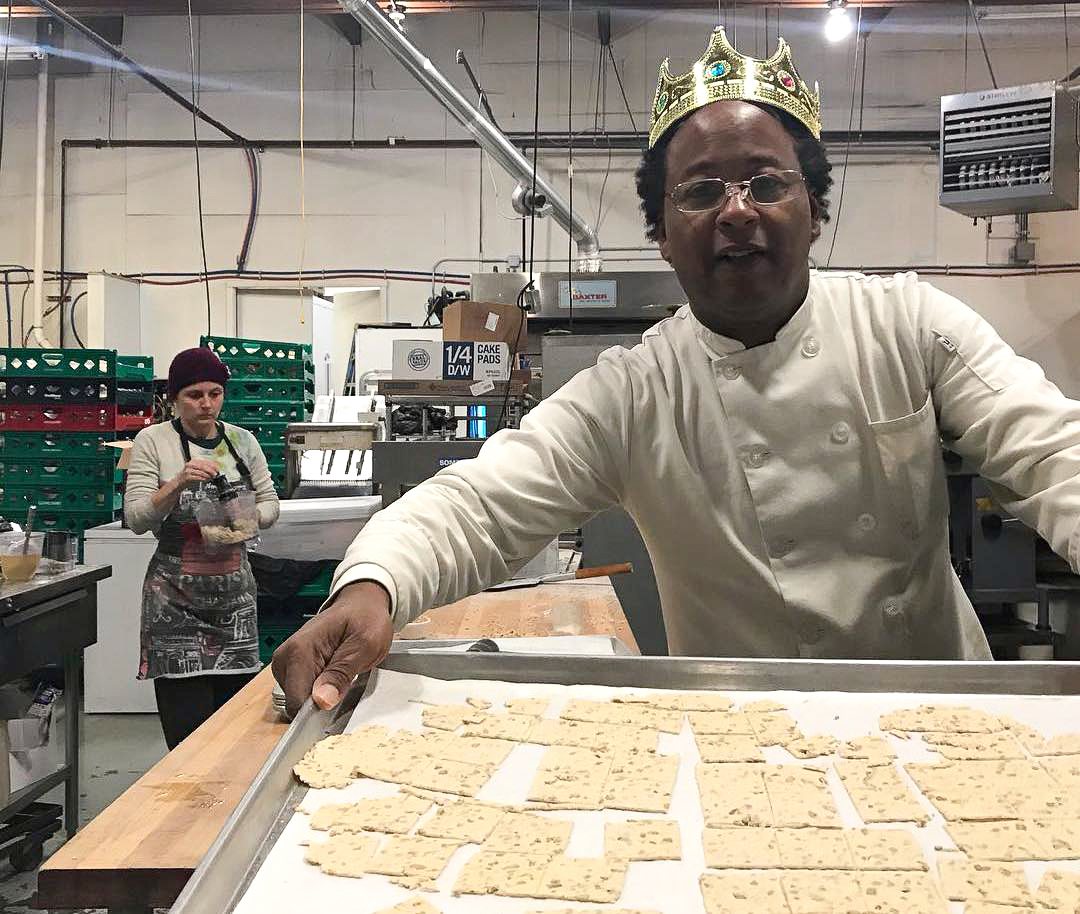
Jovani Prince, founder of The Cracker King.
courtesy of The Cracker King
3. Slimy, smuggled, and worth top dollar: Can one Maine entrepreneur break into the crime-ridden global market for eel?
By Karen Pinchin | March 2021
This slippery feature story was initially slated to run in the spring of 2020, but at the very same moment, the Counter’s editing team put a moratorium on any story that was not related to the great pandemic upheaval happening everywhere. Of course, that spring was followed by a tumultuous summer of political and cultural unrest, and, well, we’re incredibly glad we held onto this one. Canadian food writer Karen Pinchin returned to it in late 2020, gamely updating her reporting into the tour-de-force that was its result. Oh: It’s about the cutthroat criminal market for baby eels!
4. In North Carolina, poultry workers are quitting in large numbers after an unknown chemical was introduced at their plant
By Tina Vasquez | October 2021
Senior staff writer Tina Vasquez reported this grim tale of an unknown chemical making workers ill at one of the largest poultry processing facilities in the country. The piece explores not just the adverse health outcomes related to chemical exposure, but the harder-to-see emotional impact of exposure—to illegal working conditions, to Covid without adequate protections, and to being unheard and unseen by one’s employer. Vasquez’s reporting asks us to rethink our understanding of vulnerability and look more deeply at the experiences of the human beings responsible for making our food safe and accessible.
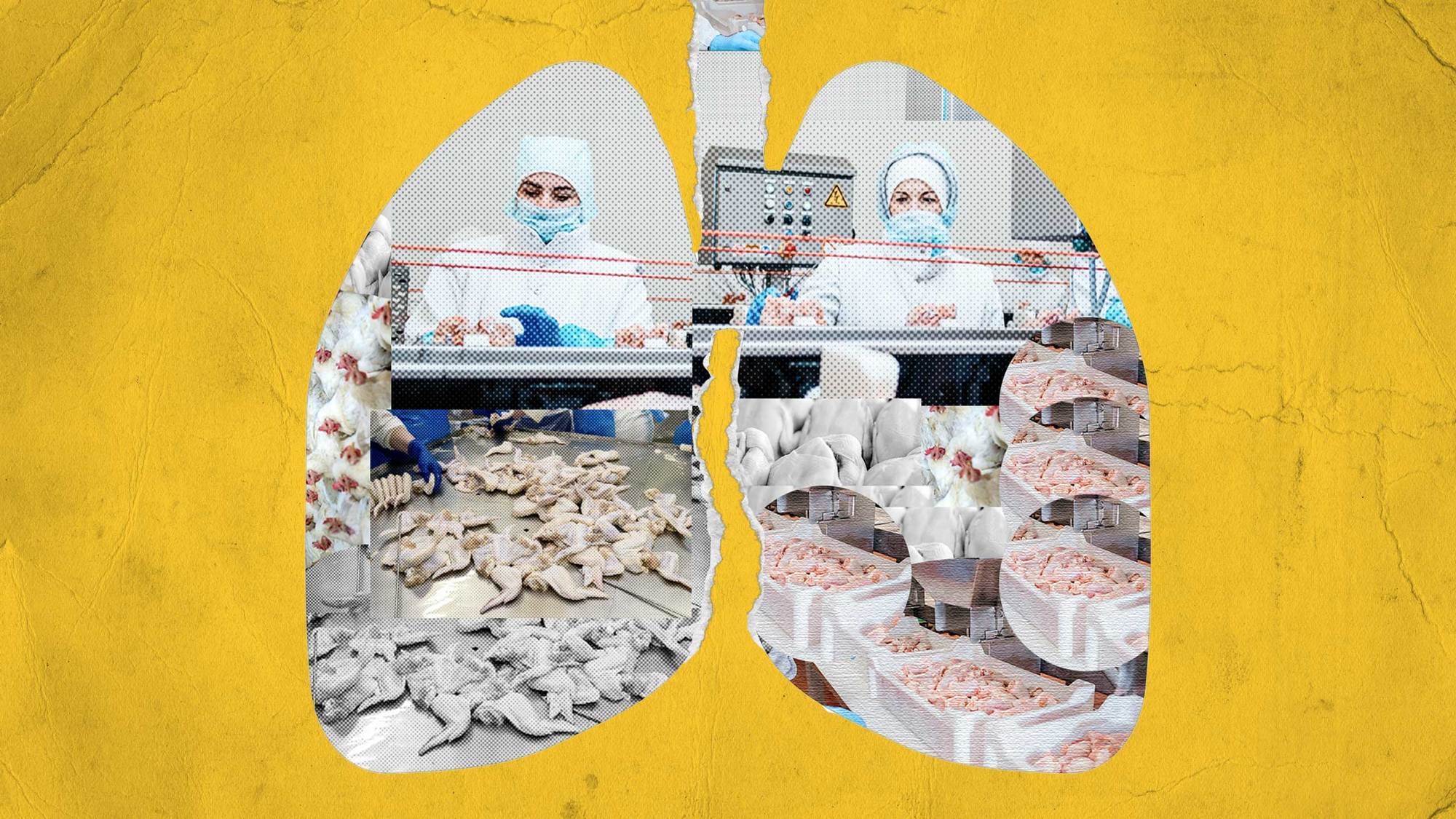
Graphic by Alex Hinton/iStock
5. Freedom food: Incarcerated no more, Michael Thompson finds joy in meals
By Tana Ganeva | February 2021
Michael Thompson served 25 years in a Michigan prison for a selling cannabis, a substance that’s now legal in the state. He first appeared in The Counter’s pages during the George Floyd uprisings, when contributor Tana Ganeva reported on the elaborate meal he orchestrated for himself and other inmates—prepared with plastic utensils, donated food, and basic commissary ingredients—in honor of the murdered man’s life. Earlier this year, when Thompson was finally released, Ganeva traveled to Michigan to chronicle his first joyful experiences with food in the world outside.
6. I opened a wine store in NYC, right before the pandemic started. My entire business has been defined by Covid.
By Tewelde Debessay + Jesse Hirsch | March 2021
Just a few short weeks before Covid-19 took off in the United States,37-year-oldTewelde Debessay opened a wine store in East Harlem—the neighborhood that would register the highest Covid rates in all of Manhattan. After a year in business defined by upheaval, Debessay spoke candidly about being on the bleeding edge of gentrification, his conflicted feelings about providing cheap liquor to a neighborhood with high rates of addiction, his uneasy relations with local police, fears of catching Covid, and a range of other of-the-moment issues. His story resonated with many people; Debessay said he got dozens of calls of support from all over the country after it published.
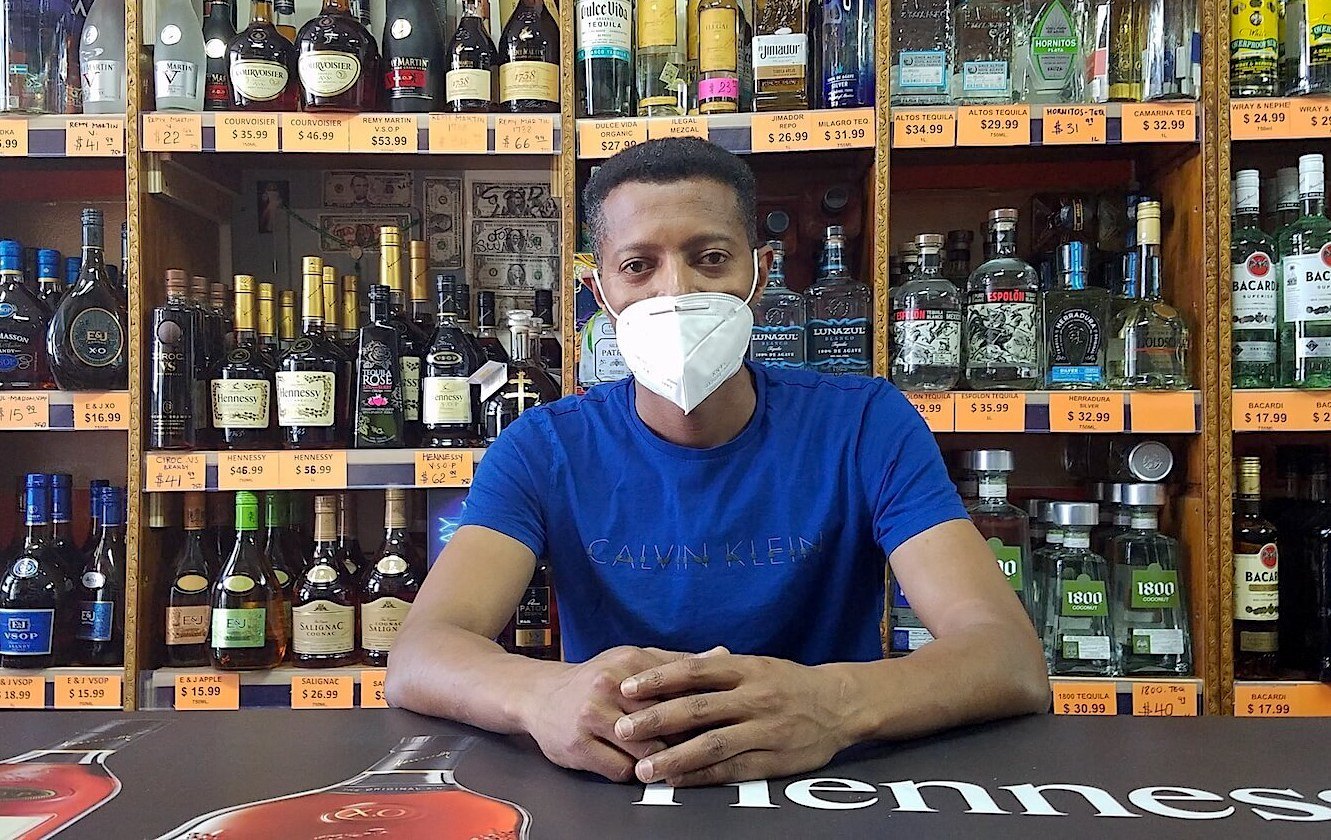
Tewelde Debessay is the owner of Melover Wine & Spirit in East Harlem, New York.
Jesse Hirsch
7. Restaurant workers across North Carolina say there’s no labor shortage. It’s a ‘wage shortage.’
By Tina Vasquez | July 2021
As headlines across the country made hay talking up our collective labor shortage, Tina Vasquez explored the story through a different lens: The pay is too low to entice people back into unrewarding and increasingly dangerous service jobs. Vasquez talked to former restaurant workers in North Carolina who gave voice to an increasingly prominent sentiment—these jobs simply aren’t worth the wages on offer.
8. How corporations buy—and sell—food made with prison labor
By H. Claire Brown | May 2021
Amazon and Walmart. Five Guys and Pizza Hut. Dole and Green Giant. These are just a few of the companies known to have sold food produced by incarcerated workers, according to Counter senior staff writer H. Claire Brown’s analysis of more than $40 million in previously unreported transactions. The first piece in “Sourced from the Inside,” Brown’s three-part series on the issue, showed how a little-known legal loophole allows food grown and processed by incarcerated people to end up on restaurant tables and store shelves across the U.S.—a shadowy market built on the backs of workers who can take home as little as $32 for a week of full-time work.
9. Delivery Apps like Grubhub and DoorDash charge restaurants huge commission fees. Are delivery co-ops the solution?
By Vivienne Machi | June 2021
As delivery platforms continue to suck profits out of the takeout food business, some in the restaurant industry are fighting back—by building platforms of their own. Counter contributor Vivienne Machi takes us inside the movement to build a more equitable dinner-by-app infrastructure, include cooperatively owned digital directories and locally operated delivery driver fleets.
10. Regenerative agriculture needs a reckoning
By Joe Fassler | May 2021
The agriculture industry is abuzz about the eco-benefits (and potential profits) that may result from “regenerative” farming. But the science is still murky, Joe Fassler argued in this longform reported essay. And that’s not all. If larger, systemic issues related to land access, financing, and systemic discrimination are not addressed—as agroecologists, Native agronomists, and farmers of color have advocated for years—“regenerative” will more likely enrich wealthy land owners than deliver on its transformational promise.
—
Plus six stories our editors loved and want readers to know about:
11. Kate’s pick:
West Coast editor Karen Stabiner spent nearly six months bicycling up and down Rose Avenue in Venice, California, to bring us her portrait of a single stretch of restaurants at odds with their proximity to Los Angeles’ largest encampment of unhoused people. It’s a grippingly tense and human story that will challenge your assumptions at every turn, ultimately leaving you with one question: Where do we want restaurants to sit in the changing landscape of our culture and what role should they play in the life of a community in turmoil?
12. Jesse’s pick:
Block out some time to read James Dinneen’s comprehensive feature on an ancient potato that a) may have been domesticated as long as 11,000 years ago and b) is being deeply studied for its resistance to heat and drought and its eight-year shelf life. Dinneen digs into a sticky crossroads, wherein local Indigenous tribes feel ownership of the Four Corners potato as part of their cultural lifeblood and heritage, but USDA researchers want to crossbreed the sturdy little tuber with common supermarket potatoes to be resistant to climate change. It’s a story with deeply invested stakeholders and no easy answers.
13. Cynthia’s pick:
Just when it seems like you’ve read every bit of compelling writing on September 11, 2001, along comes first-time Counter contributor Adam Reiner with a poignant look at that tragic date through the eyes of local restaurant workers. Their first-person tales weave together a vivid picture of shared grief and resilience that’s well worth a read—even if you thought you were done with this story.
14. Karen’s pick:
A first piece for us by Montana freelancer Lena Beck, Invasive lake trout have been decimating native fish populations for decades. Residents of the Flathead reservation in Montana have a solution, is a vivid look at how a community turned back the hands of (environmental) time, saving a species, preserving a local tradition, and feeding people in the bargain.
15. Joe’s pick:
We published H. Claire Brown’s feature on chefs with Covid-induced anosmia, a medical term for the loss of smell, in the first days of 2021. It’s an evocative tribute to an ephemeral, indispensable form of perception, highlighting the struggles of culinary pros unmoored by a transformed relationship to eating and pleasure. It set the tone for this long, uncertain year.
16. Mike’s pick:
Written by my colleague, Dr. Cynthia Greenlee, Innovation and the incinerated tongue: Notes on hot chicken, race, and culinary crossover, is a real treat, combining culinary history and cultural commentary to make you rethink what you know about hot chicken (and, really, any other food that becomes suddenly on-trend).

